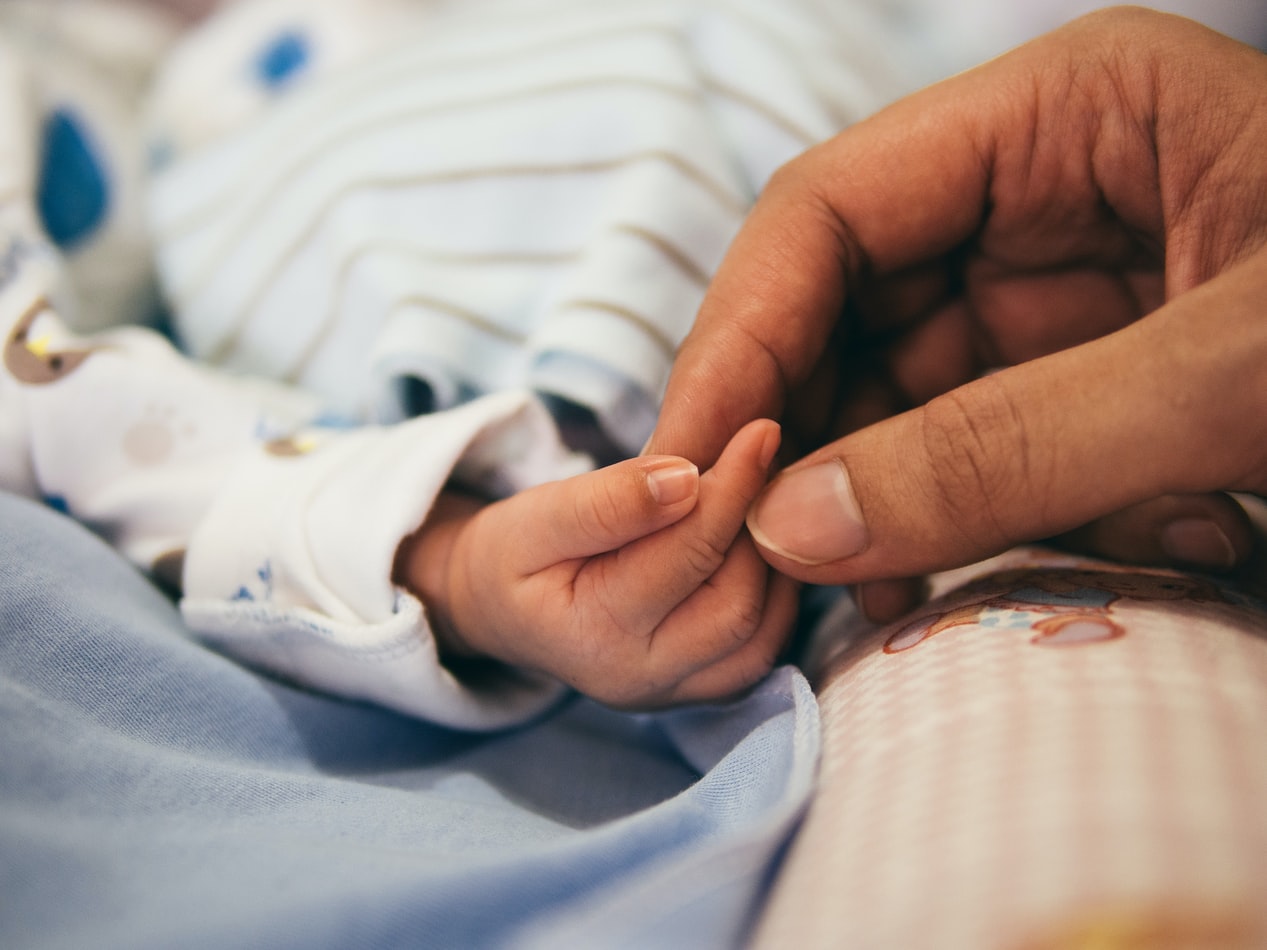
The arrival of a baby is a special time in any family but sometimes not everything goes to plan. Complications in pregnancy, a premature birth or other issues at delivery can lead to a baby requiring intensive neonatal support.
Hypoxic ischaemic encephalopathy (HIE)
Many of the children we support at CL Medilaw have birth related neurological and developmental disorders. Some are diagnosed with hypoxic ischaemic encephalopathy otherwise known as “HIE” shortly after birth – a technical term describing brain damage caused by a lack of oxygen (hypoxia) and/or restriction of blood flow (ischaemia) to the baby. It is often associated with full term babies but can occur in premature babies too. It is likely to cause periventricular leukomalacia (PVL) when it occurs before 35 weeks gestation and other forms of brain injury at term. There are 3 categories of HIE: mild, moderate and severe.
Babies in the womb can compensate for a brief period of time when they are not getting enough oxygen. The otherwise healthy baby at term can usually survive a period of around 10 minutes of acute and profound hypoxia before beginning to sustain brain damage. Sometimes the oxygen supply to the baby is not completely cut off – this is known as a chronic partial insult. The longer the period of oxygen starvation (whether acute or partial), the worse the damage can be and the more significant impact this may have upon the child.
The cause and signs of hypoxia at birth
There are a number of events during pregnancy, labour and birth that can contribute to a lack of oxygen supply such as cord compression, abnormal fetal position, a lack of progression in labour, uterine hyperstimulation as well as placental insufficiency or abruption.
Signs of hypoxia at birth can include:-
- An abnormal fetal heart rate pattern. This is monitored using a cardiotocography monitor (CTG) ;
- Meconium stained amniotic fluid;
- The baby being born blue or white in colour and floppy in appearance;
- The baby suffering seizures shortly after birth;.
- Difficulty with feeding, unable to latch, suck or
- If resuscitation is required to help with
An assessment of the baby’s condition will be recorded at 1, 5 and 10 minutes of age. This is known as an Apgar score and may be a good indication of the baby’s condition at birth as well as cord blood gases which provide evidence of the newborn’s metabolic condition. Cranial ultrasound scans or an MRI may be performed to assess the nature and extent of any brain damage.
Treatment
One of the most effective treatments used to treat HIE is therapeutic hypothermia, also known as active cooling. This involves reducing the core body temperature to slow down the progression of any damage caused by the lack of oxygen. It’s important that this treatment is provided swiftly to maximise the potential benefit.
A diagnosis of HIE doesn’t always lead to the development of cerebral palsy or other health issues but this can often be the case. A claim for damages can be pursued if it can be shown that the medical team involved should have provided alternative treatment/care that would have led to a different outcome. Although this cannot reverse the damage caused it can make a life-changing difference to the whole family relieving a huge financial and emotional pressure.
What to do if your family has suffered from complications in pregnancy, birth or delivery?
Our focus at CL Medilaw is to investigate every aspect of obstetric care and to challenge the evidence to ensure all questions are answered. Our team represent many children and their families in pursuing claims for damages which ensure a stable financial future for all those involved. Our aim is to support families throughout this process and to change lives for the better.
Contact our team of medical negligence and birth injury solicitors for free, initial advice and guidance either by calling us on 0345 2410 154, or emailing us via enquiries@clmedilaw.co.uk.
 Kay Taylor
Kay Taylor
 Laura Cook
Laura Cook
 Charlotte Moore
Charlotte Moore